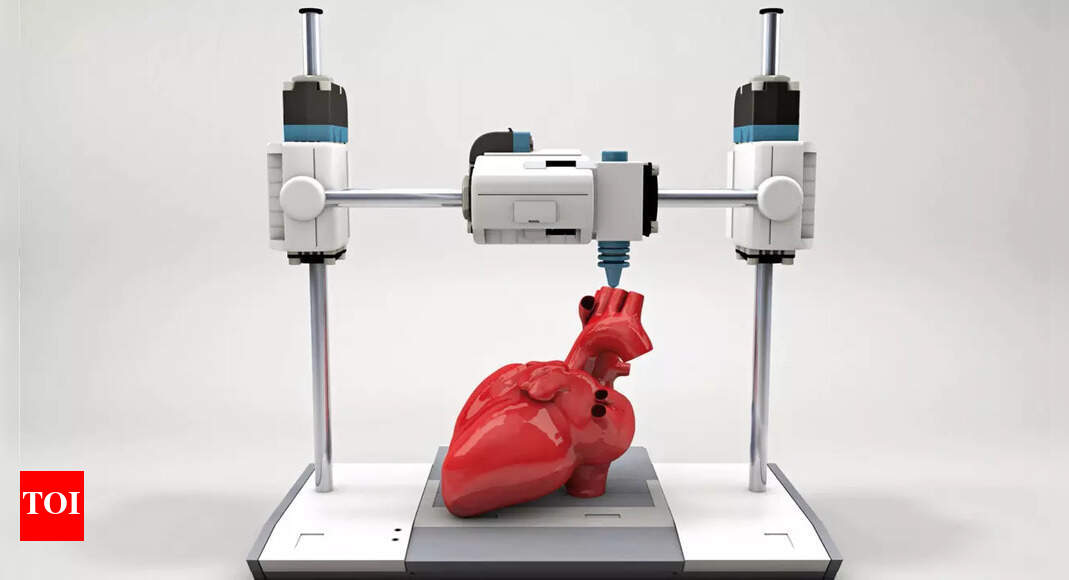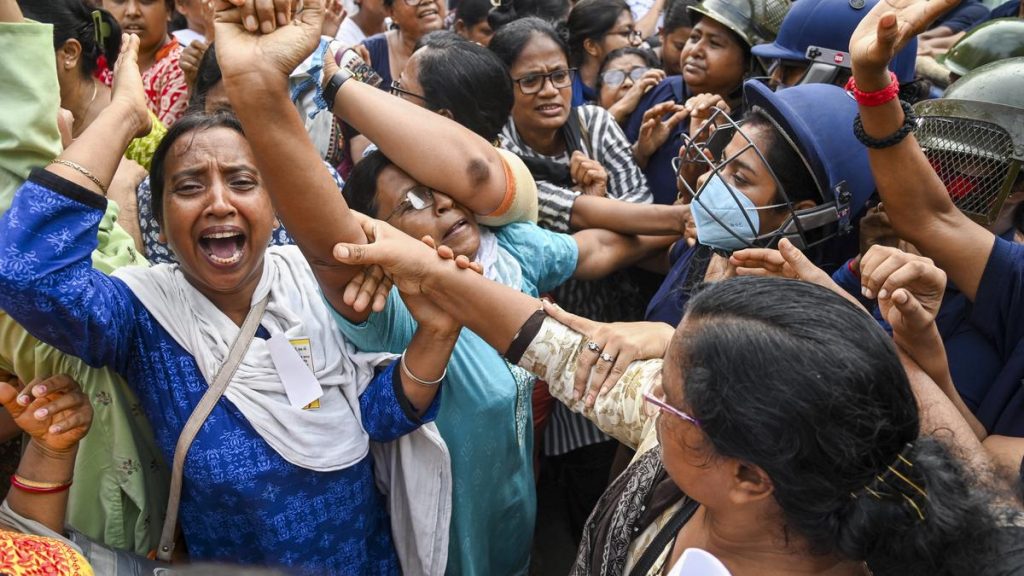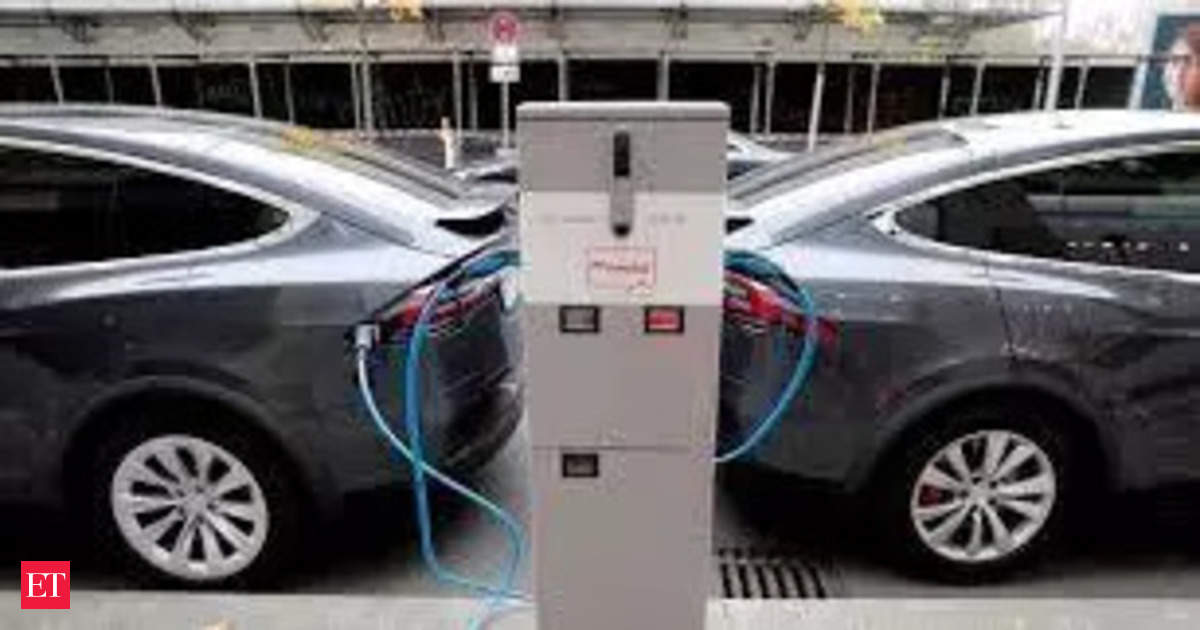Now Reading: From Hips to Heart: 3D Printing Revolutionizes Indian Healthcare
-
01
From Hips to Heart: 3D Printing Revolutionizes Indian Healthcare
From Hips to Heart: 3D Printing Revolutionizes Indian Healthcare

Rapid Summary
- development in 3D Printing: The technology has advanced, with applications expanding from construction (e.g., a 3D-printed villa in Pune and temple in Siddipet) to healthcare innovations.
- Breakthroughs in healthcare: 3D printing is used to replicate organs like hearts, enabling surgeons to practise complicated surgeries. Customised implants for hips, knees, and cranio-maxillofacial procedures are enhancing recovery outcomes.
- Indian Contributions: Startups like Anatomiz3D provide customised models for hospitals such as AIIMS and Apollo Hospital, aiding surgical planning and medical education. They’ve contributed to over 4,000 surgeries across specialties such as cardiology and oncology.
- Global Context: World’s first bio-engineered windpipe transplant performed last year in South Korea highlights future possibilities of bio-printing cells/organs tested globally but not yet mainstream anywhere.
- Challenges: High cost limits adoption of the technology within Indian healthcare; lack of awareness among professionals exacerbates the issue despite rural-applications piloted offering bone implants affordable advancing tasks parallel ensuring newer biomedically workforce entrant’s upskilling potentially widening current limited framework correcting gaps accessing!
Indian Opinion Analysis
The rapid integration of 3D printing into India’s healthcare landscape signals significant potential for improving treatment efficiency and patient outcomes while facing notable barriers like affordability and infrastructure gaps. Customised solutions exemplify key milestones toward personalized medicine but achieving inclusivity bridging urban-rural divide enlisting government policymakers diplomats plus clinicians alike broader sustained operational workforce/ scaling requisite injected mandates directive’s circles managerial engagement rhetoricurgical dialogues pragmatic positive-limitations addressing future disruption regulatory framework setup panels reshuffle momentum foster optimizable!
























